The Next-Generation Digital Photo Booth in the Age of Social Media, Awareness and Endorsement
Millennials expect more today
Overview
The Internet only changed everything. Certainly for marketing, that message is amplified ten-fold, particularly with the rapid global emergence of social media. Millennials, being digital natives with a passion for “experiences” more so than more material purchases, are changing the rules on marketing and advertising. The next-generation digital photo booth is emblematic of those tectonic shifts underway.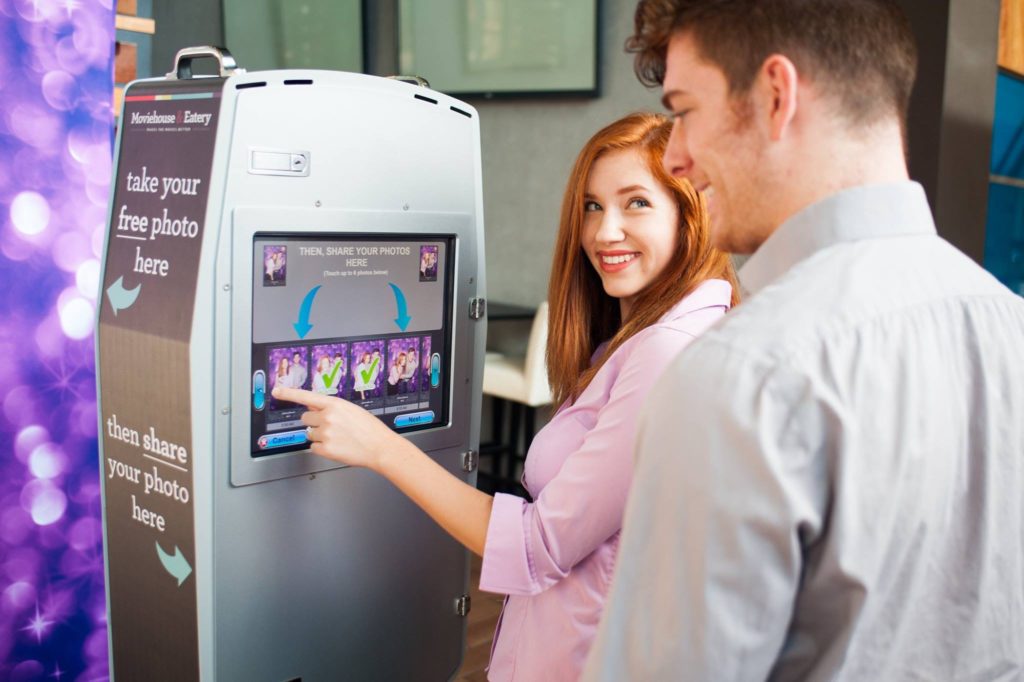
The Emergence of the Digital, Connected Photo Booth
The first photo booth was used in 1889 (at the World Fair in Paris) and for over 13 decades’ photo booths have been a popular magnet for social people. The use of digital photography, pervasive internet connectivity, social networking and advanced software engineering for un-manned systems and remote management has collided and created the emergence of a next-generation Digital photo booth at a radically different costs structure and value delivery. Large networks of photo booths are now feasible and will be able to capitalize on their broad presence to drive online real-time advertising, social awareness, social endorsement and highly advanced and precise data collection, analysis and targeted advertising.
Peer Endorsement Marketing represents the most effective and exciting growth segment of the experiential marketing arena over the next 5 years. With selfies and self-gratifying photos becoming mainstream, this early-stage industry is poised for dramatic growth. “Selfies” have created their own stigma due to the limited angles one can take of themselves and the commonly unflattering photo. Despite this stigma, there is a cult-like phenomenon that has made selfies socially accepted and commonplace in mainstream social channels due to the spontaneous nature of the photos.
Enter the Millennials
A picture tells a thousand words and that’s how millennials communicate.
The demand for digital photo content continues to exhibit rapid growth. Popularity of photo sharing applications have exploded. The internet and its providers are still starving for visual content. Studies show 93% of all human communication is visual. Evolving standards for digital content, such as speed, quality and resolution are no longer the most limiting factor in quality photo sharing.
Businesses are desperate to find ways of reaching out to their potential millennial clients in a manner that helps them stand out through the billions of social media experiences. Photo booths, being fun and engaging, allow patrons to capture a unique experience and share it in that moment with the intimacy of a Digital Postcard, something a traditional selfie or low quality phone photo simply cannot achieve. All while carrying the company’s content and messaging to the patron’s social network.
Following the digital breadcrumb trail
In today’s social-media oriented world, millennials are constantly updating their friends as to the movements and activity. The photo booth experience, a known and trusted experience by all, can serve as a vehicle to further share in a powerful way. By way of example, see the digital breadcrumbs that are created and dispersed along the way in a typical example.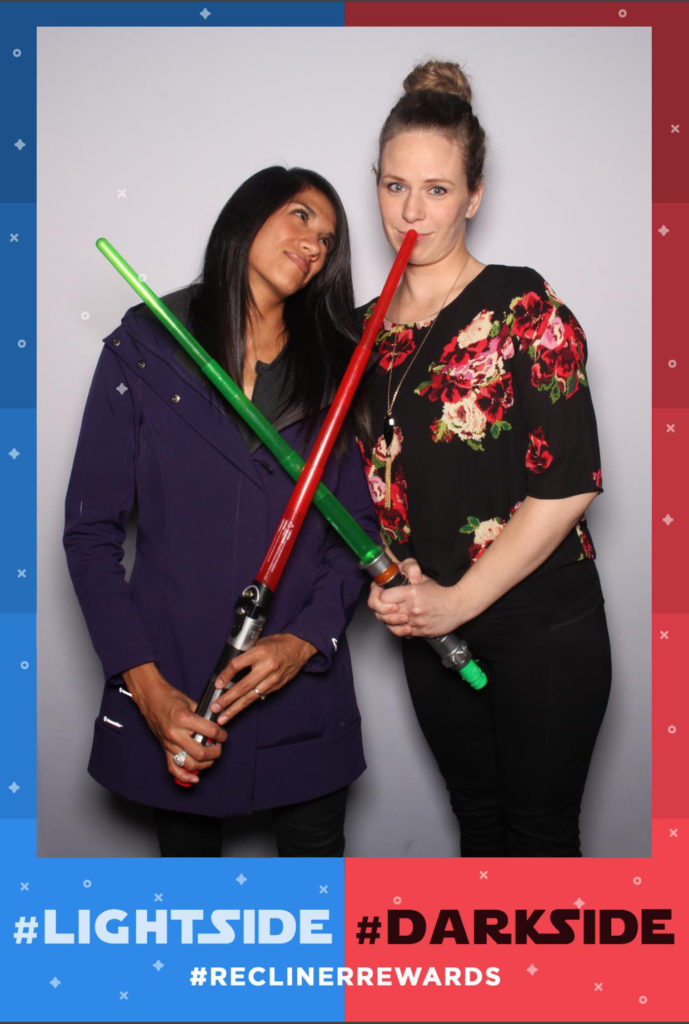
1. Two friends, Amber and Susan, are attending the opening night of the latest Star Wars movie at the movie theatre a few blocks from their home. As they walk in, they see the next-generation photo booth in front of them and a line of moviegoers lined up to use it. Susan says – “Hey, let’s use that photo booth, it’s great”. EXPERIENTIAL MARKETING.
2. When it becomes their turn, they take a few photos of the two of them together. A very high quality DSLR (digital single lens reflex) camera captures perfect photos. No extending the arms to do a mediocre-quality selfie. They finish their photo taking and walk to the back of the photo booth stand. HIGH QUALITY DIGITAL PHOTOGRAPHY & PERVASIVE CONNECTIVITY.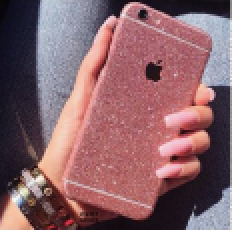
3. Amber and Susan each pick and choose what photos they want on the touch-sensitive screen, and enter their phone number or email to receive the photos. INDENTITY.
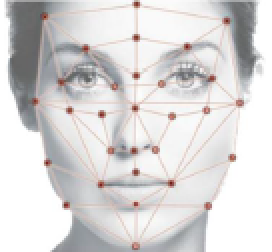 4. The photos can be saved, transmitted to the cloud, and further analyzed. Facial recognition can determine with a high degree of certainty how many people are in each photo as well as their gender and age category. Two female teenagers. Add to the meta-data associated with each image the venue and location where these photos were captured, and you begin to see the power of this data to film producers and the movie theatres. BIG DATA AND ANALYTICS.
4. The photos can be saved, transmitted to the cloud, and further analyzed. Facial recognition can determine with a high degree of certainty how many people are in each photo as well as their gender and age category. Two female teenagers. Add to the meta-data associated with each image the venue and location where these photos were captured, and you begin to see the power of this data to film producers and the movie theatres. BIG DATA AND ANALYTICS.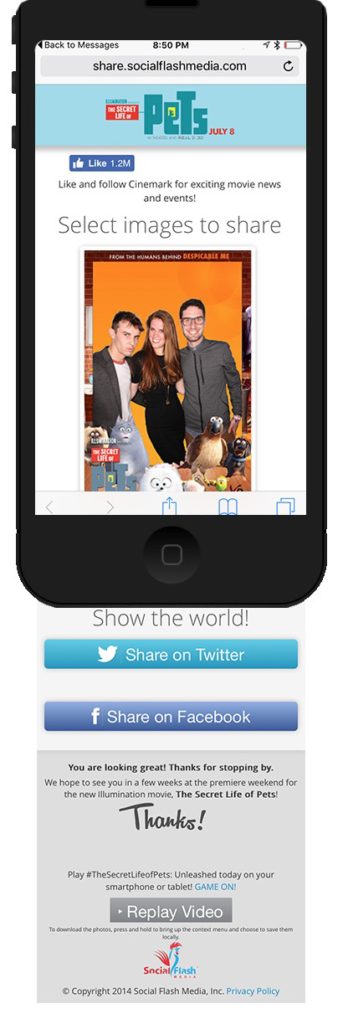
5. A link to an individual landing page is sent to the mobile phones of the two teens. Before they land to view their photos and post them on Facebook or Instagram or just save them… a campaign is dynamically constructed based on the meta-data associated with them. Today, before they get their photos, they can either watch a movie trailer or click a link to a $2 coupon at McDonalds. SOCIAL MEDIA, CO-BRANDING AND SOCIAL AWARENESS.
6. Amber gets to her photos on her mobile phone. She ican instantly post their photos on Facebook or Twitter or Instagram, and/or download it to their phone and then onward to SnapChat or SMS messaging.
7. Susan posts their photos on Facebook. By way of social media, the teen has now recorded a social endorsement of the movie itself and the movie theatre. Dozens of her friends instantly see the endorsement, click “Like” and make plans to get to the movies over the weekend. A few forward the post on to their other friends to get them onboard for the weekend’s agenda. SOCIAL ENDORSEMENT.
8. Amber receives a coupon from a co-sponsor of the photo booth, McDonald’s across the street from the movie theatre. The two teens go view the movie, and their presence, identity and actions are noted. This data may prove very helpful to the movie producer and the movie theatre going forward. BIG DATA AND GEOSPATIALLY-TARGETED ADVERTISING.
While the illustration above is one example that is very plausible today, one could easily see plenty of opportunity for next-generation photo booths to become substantially more ubiquitous than in the prior 13 decades. One could see sporting venues and events, shopping malls, fashion boutiques, vacation destinations and churches as just a short list of newly emerging markets for providing high-quality socially-focused digital photography and the ability to collect rich data from tens of thousands of points. Moreover, as the business model shifts from “pay-as-you-go” where the consumer exchanges cash for a few photos in hand, to the “free” digital experience which is underwritten by the collection of vast amounts of data and social awareness and endorsement, we are likely to see the ubiquity of these devices mushroom.
Summary
Photo booths have long been a part of every culture. The generation of photo booths delivering a small, physical photo print from within a contained and static booth are giving way to a next generation of contemporary, digital and connected booths that are not only less expensive, but collect extensive information and deliver exponentially more value. For venues, the next-generation photo booth is a marketing investment to drive more awareness, endorsement, engagement and revenue. For the millennial consumer, it is a way to record an “experience” digitally free from direct costs. Capturing, analyzing and leveraging information in real-time has emerged as a critical anchor in companies remaining competitive today. The combination of key trends including lower-cost and evermore powerful computing, high quality digital photography, pervasive internet connectivity and social media have converged to birth a next-generation of the venerable photo book after more than a century. Companies can now gain insights in real-time to data about their customers in venues and events that was seemingly impossible to achieve years ago and absolutely impossible with 19th century photo booth.
As customers engage in experiential marketing with the venue/offering, their digital photos posted in social media drive incremental demand through both social awareness and social endorsement, a combination that proves as a dramatically more effective tool than traditional advertising to influence and attract customers.
The adoption of the next-generation photo booths is likely constrained by a lower awareness level than by demand. The advertising and marketing ecosystems are lagged in their understanding of this new technology. Early adopters are changing that awareness level daily.
About the Author
Brian E. Skiba is on the Board of Directors of Social Flash Media, a leading provider of next-generation digital photo books. He is also the general manager of SAP products at Snow Software. Prior to his company being acquired by Snow Software, Mr. Skiba was a co-founder and CEO of Intelligent Licensing Corporation, the President and Chairman of MaxID  Corporation, and a Managing Director at Deutsche Bank. Mr. Skiba holds an MBA from the Tuck School at Dartmouth College, a Bachelor of Science Degree in Quantitative Methods from School of Management at Boston University and has completed coursework for the Masters in Software Engineering program at Boston University.
Corporation, and a Managing Director at Deutsche Bank. Mr. Skiba holds an MBA from the Tuck School at Dartmouth College, a Bachelor of Science Degree in Quantitative Methods from School of Management at Boston University and has completed coursework for the Masters in Software Engineering program at Boston University.
© 2016 Social Flash Media, Inc. All rights reserved. “SELFIE WITHOUT THE STIGMA” is a trademark of Social Flash Media. “Facebook” is a registered trademark of Facebook, Inc. “Snapchat” and “Snapchat.com” are registered trademarks of Snapchat, Inc.
